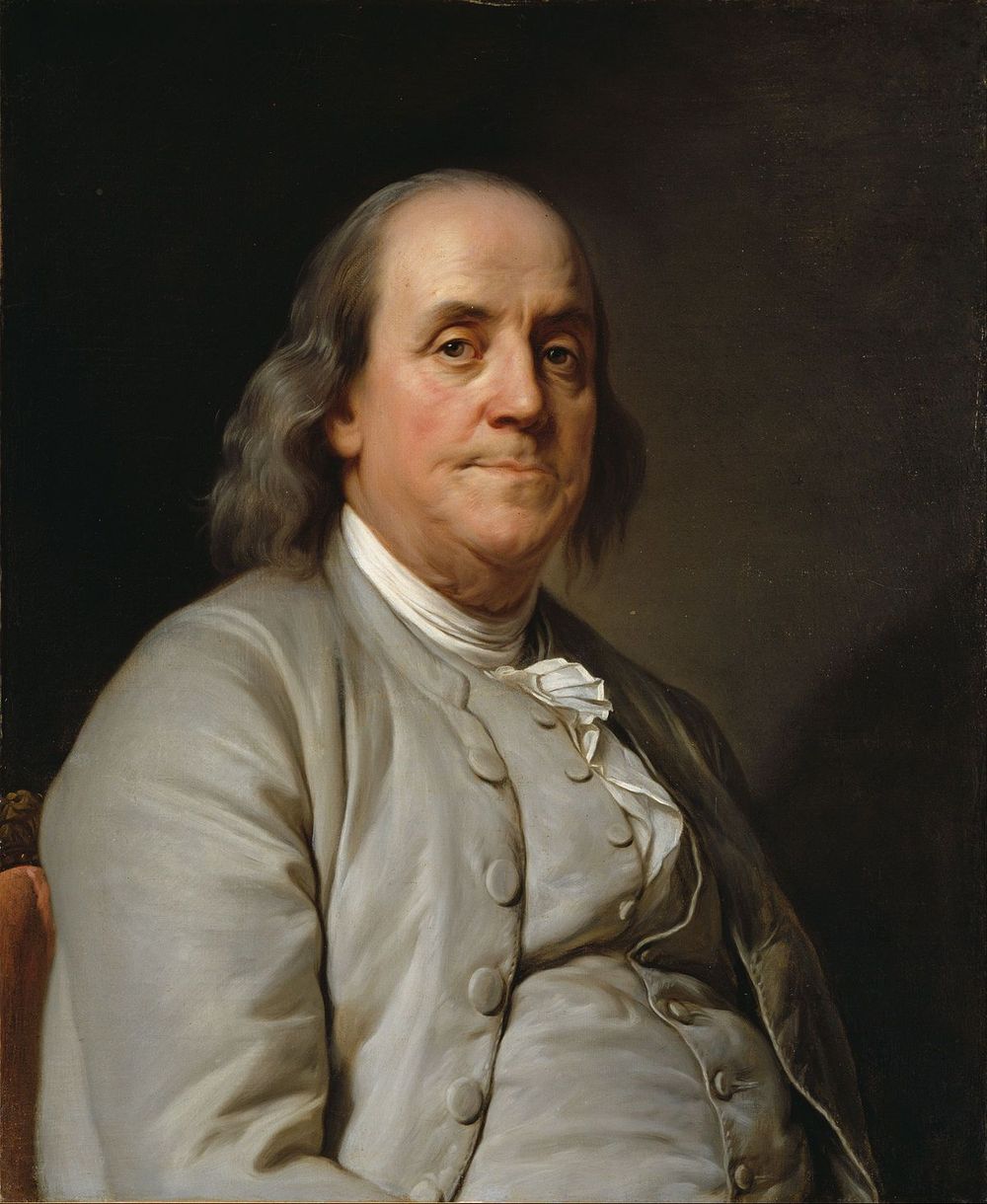Sep 1, 2020
“Dark Energy Originates from a Vast Sea of Objects Spread Throughout Cosmic Voids”
Posted by Genevieve Klien in categories: cosmology, physics, singularity
Scientists suggest that a counter-intuitive, hypothetical species of black holes may negate the standard model of cosmology, where dark energy is an inherent and constant property of spacetime that will result in an eventual cold death of the universe. “It’s the big elephant in the room,” says Claudia de Rham, a theoretical physicist at Imperial College London about dark energy, the mysterious, elusive phenomena that pushes the cosmos to expand so rapidly and which is estimated to account for 70% of the contents of the universe. “It’s very frustrating.”
Generic Objects of Dark Energy
Astronomers have known for two decades that the expansion of the universe is accelerating, but the physics of this expansion remains a mystery. In 1966, Erast Gliner, a young physicist at the Ioffe Physico-Technical Institute in Leningrad, proposed an alternative hypothesis that very large stars should collapse into what could be called Generic Objects of Dark Energy (GEODEs). These appear to be black holes when viewed from the outside but, unlike black holes, they contain dark energy instead of a singularity.
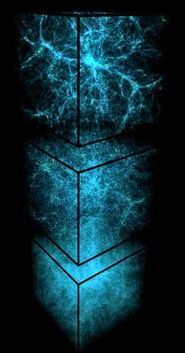
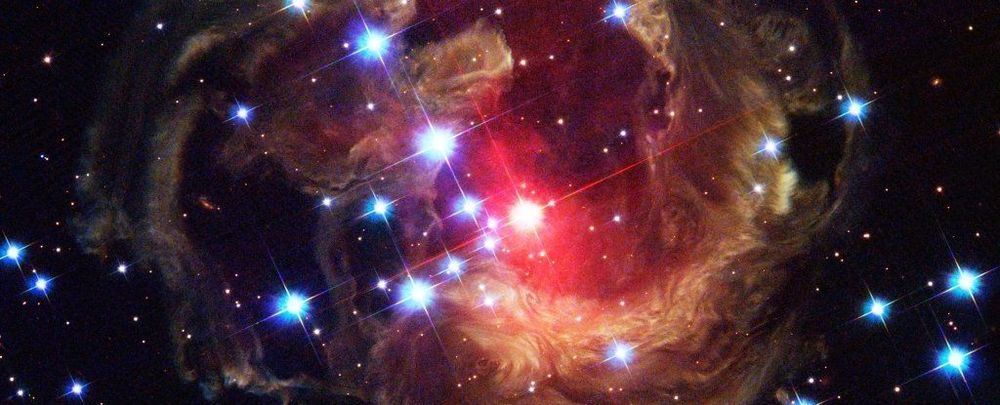
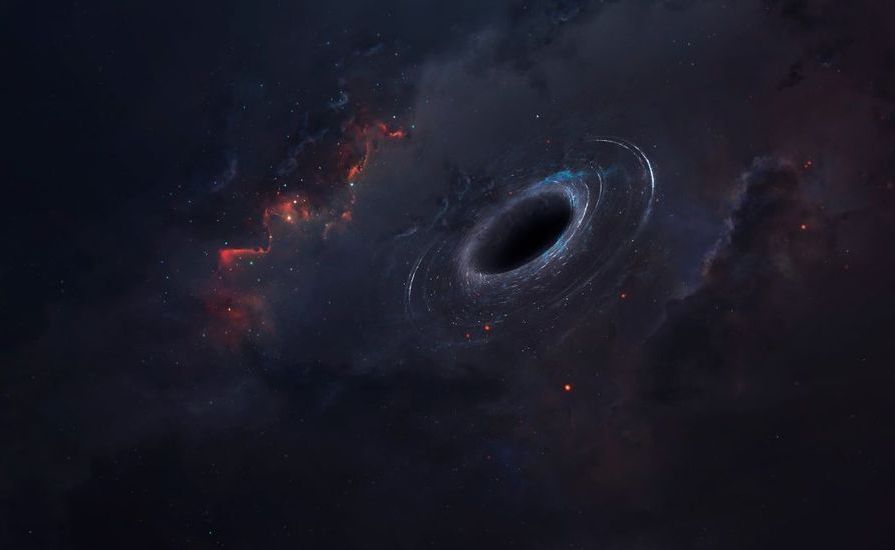

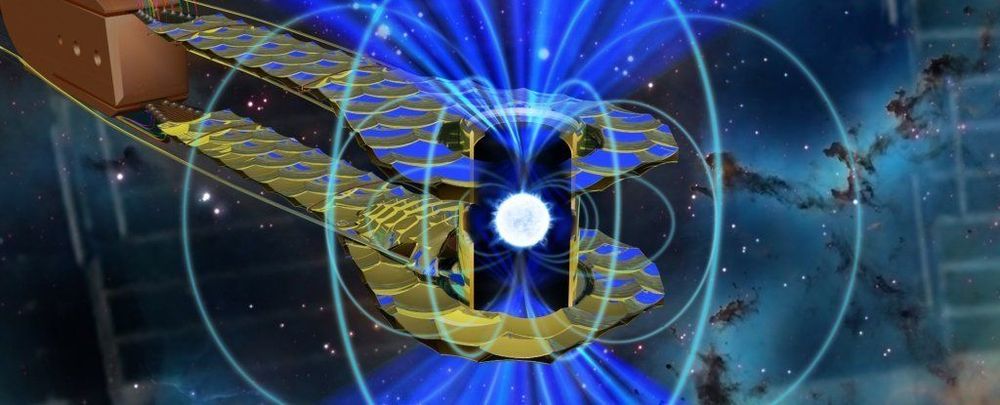
 Abstract: Advances in high speed imaging techniques have opened new possibilities for capturing ultrafast phenomena such as light propagation in air or through media. Capturing light-in-flight in 3-dimensional xyt-space has been reported based on various types of imaging systems, whereas reconstruction of light-in-flight information in the fourth dimension z has been a challenge. We demonstrate the first 4-dimensional light-in-flight imaging based on the observation of a superluminal motion captured by a new time-gated megapixel single-photon avalanche diode camera. A high resolution light-in-flight video is generated with no laser scanning, camera translation, interpolation, nor dark noise subtraction. A machine learning technique is applied to analyze the measured spatio-temporal data set. A theoretical formula is introduced to perform least-square regression, and extra-dimensional information is recovered without prior knowledge. The algorithm relies on the mathematical formulation equivalent to the superluminal motion in astrophysics, which is scaled by a factor of a quadrillionth. The reconstructed light-in-flight trajectory shows a good agreement with the actual geometry of the light path. Our approach could potentially provide novel functionalities to high speed imaging applications such as non-line-of-sight imaging and time-resolved optical tomography.
Abstract: Advances in high speed imaging techniques have opened new possibilities for capturing ultrafast phenomena such as light propagation in air or through media. Capturing light-in-flight in 3-dimensional xyt-space has been reported based on various types of imaging systems, whereas reconstruction of light-in-flight information in the fourth dimension z has been a challenge. We demonstrate the first 4-dimensional light-in-flight imaging based on the observation of a superluminal motion captured by a new time-gated megapixel single-photon avalanche diode camera. A high resolution light-in-flight video is generated with no laser scanning, camera translation, interpolation, nor dark noise subtraction. A machine learning technique is applied to analyze the measured spatio-temporal data set. A theoretical formula is introduced to perform least-square regression, and extra-dimensional information is recovered without prior knowledge. The algorithm relies on the mathematical formulation equivalent to the superluminal motion in astrophysics, which is scaled by a factor of a quadrillionth. The reconstructed light-in-flight trajectory shows a good agreement with the actual geometry of the light path. Our approach could potentially provide novel functionalities to high speed imaging applications such as non-line-of-sight imaging and time-resolved optical tomography.

